Virtually Explore The Amazon and Machu Picchu
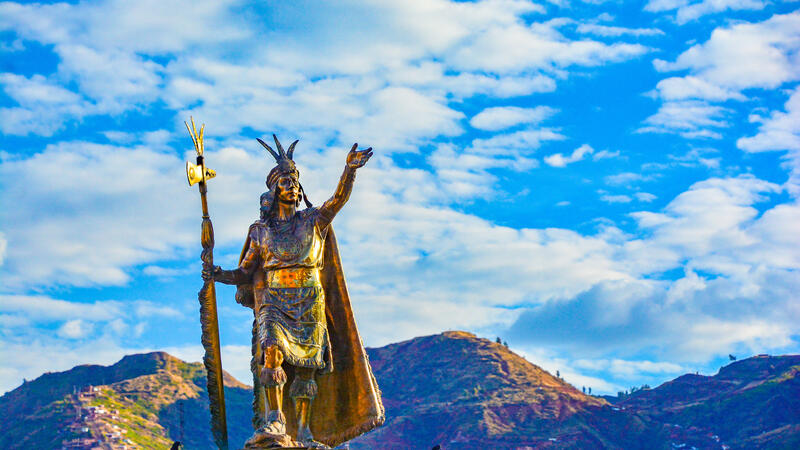
The Inca civilization (c. 1400-1533 CE) is among the most vital of South America in terms of its cultural influence and legacy. The Inca began as a small tribe who steadily grew in power to conquer other peoples all down the coast from Columbia to Argentina. They are remembered for their contributions to religion, architecture, and their famous network of roads through the region. Here are ten facts about the Inca you need to know.
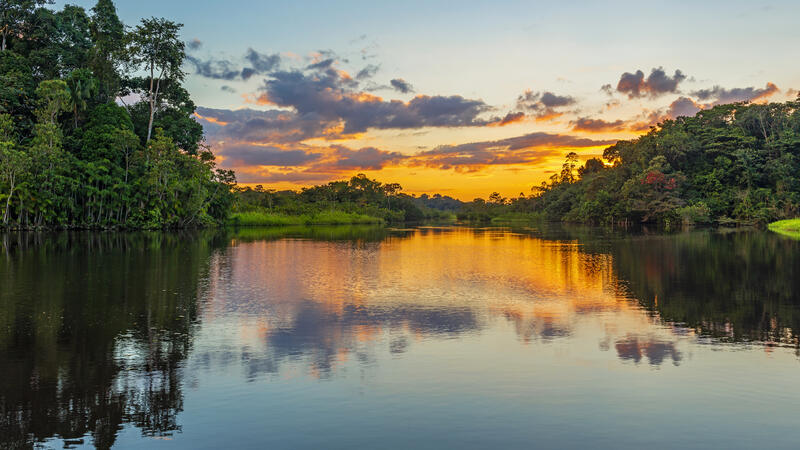
For more than a quarter-century, scientists and the general public have updated their view of the Americas before European contact. The plains and the Eastern forests were not a wilderness, but a patchwork of gardens, they’ve found. The continents were not vast uninhabited expanses but a bustling network of towns and cities. Indigenous people, we’ve learned, altered the ecology of the Americas as surely as the European invaders did.
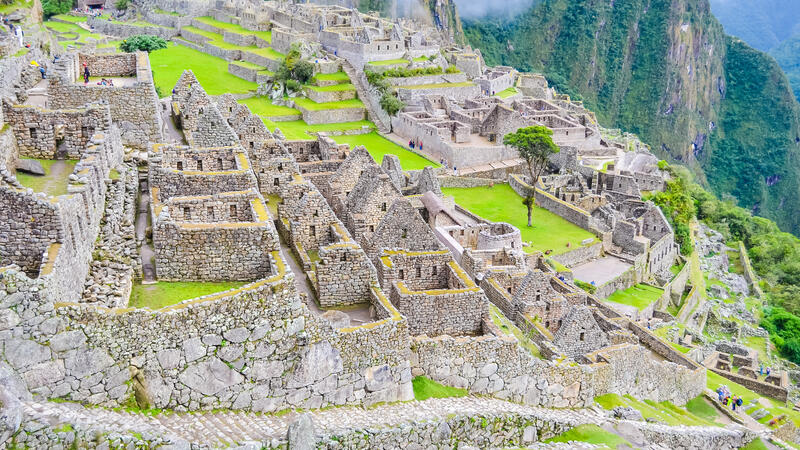
Embedded within a dramatic landscape at the meeting point between the Peruvian Andes and the Amazon Basin, the Historic Sanctuary of Machu Picchu is among the greatest artistic, architectural, and land use achievements anywhere and the most significant tangible legacy of the Inca civilization. Recognized for outstanding cultural and natural values, the mixed World Heritage property covers 32,592 hectares of mountain slopes, peaks, and valleys surrounding its heart, the spectacular archaeological monument of “La Ciudadela” (the Citadel) at more than 2,400 meters above sea level. Built in the fifteenth century Machu Picchu was abandoned when the Inca Empire was conquered by the Spaniards in the sixteenth century. It was not until 1911 that the archaeological complex was made known to the outside world.
Information Links
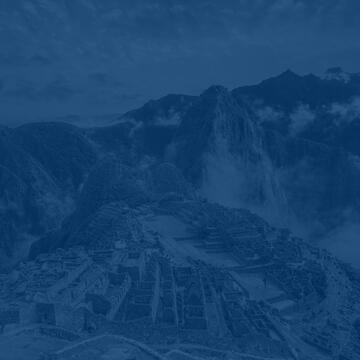
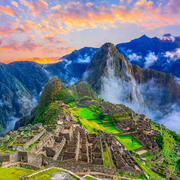
- Virtual Tour
Machu Picchu 360 is an interactive experience that explores the soaring mountains, scenic vistas, and rich Inca history of Peru’s world-renowned Machu Picchu.
Capturing the surreal beauty of the site with top-of-the-line 360-degree cameras, 3D modeling, and sound design; Machu Picchu 360 allows anyone in the world with an internet connection to enjoy Machu Picchu in immersive virtual reality.
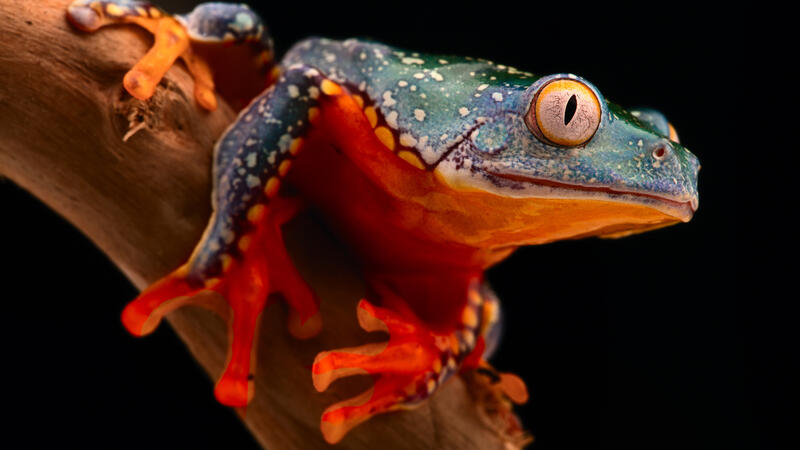
The Amazon produces about 20 percent of the oxygen in Earth's atmosphere. The rainforest is also home to some three million species of plants and animals, along with one million indigenous people.
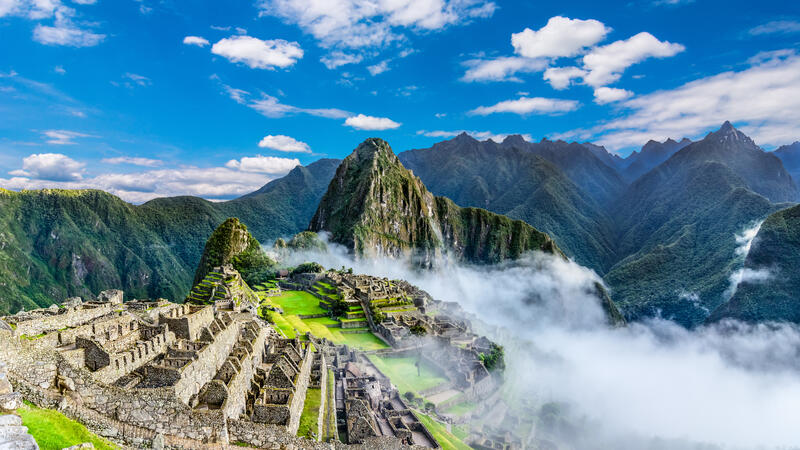
Machu Picchu is a 15th-century Inca citadel, located in the Eastern Cordillera of southern Peru, on a 2,430 meters (7,970 ft) mountain ridge. It is located in the Cusco Region, Urubamba Province, Machupicchu District, above the Sacred Valley, which is 80 kilometers (50 mi) northwest of Cuzco and through which the Urubamba River flows, cutting through the Cordillera and creating a canyon with a tropical mountain climate.
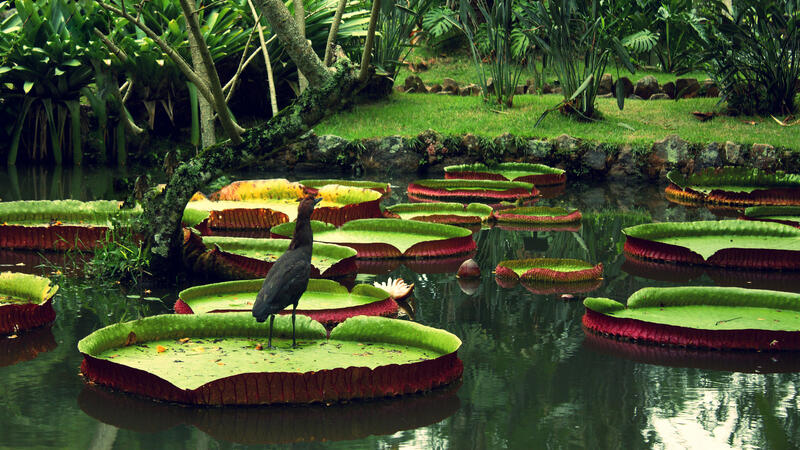
Discover the Amazon River, Brazil, and the Amazon Rainforest in this 5-minute 4K video.
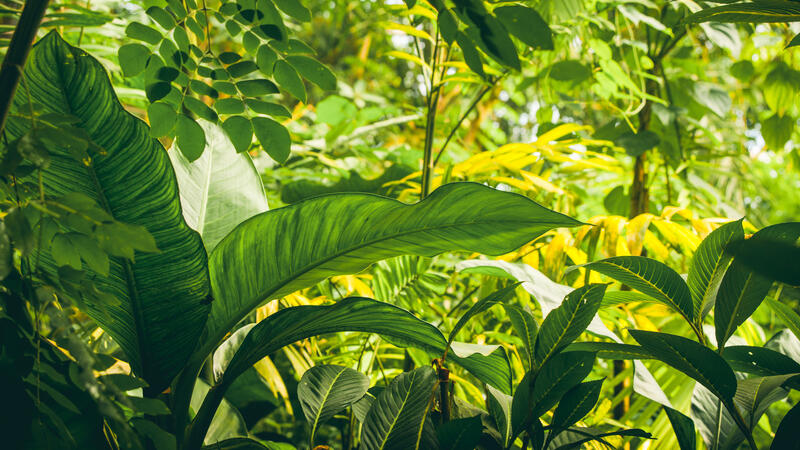
From rubber to palm trees, the forests of the Amazon basin have shaped human history. Long before timber, medicine, and exotic birds brought Europeans to the Amazon, indigenous peoples lived on the forests for millennia.

The Inca Empire was a vast empire that flourished in the Andean region of South America from the early 15th century A.D. up until its conquest by the Spanish in the 1530s. Even after the conquest, Inca leaders continued to resist the Spaniards up until 1572, when its last city, Vilcabamba, was captured.

Discover the savage realm of the wild Amazon in this National Geographic documentary.